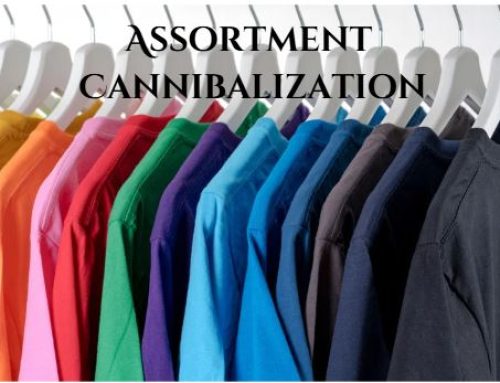AI and ML in Retail: A New Season, A New Challenge
As a new season begins, your merchandising and planning teams are no longer just hoping their decisions from months ago were correct—they are relying on them. Every product selection and purchase quantity they committed to now determines your current inventory and sales performance.
Retail success depends on forward-thinking strategies. The inventory on your shelves today reflects past decisions, and the success of future seasons depends on choices made now. Many have tried to turn planning into a purely data-driven science, relying on algorithms for accuracy. With the rise of AI and ML in retail, some even predict that these technologies will eventually replace human planners and buyers altogether.
Will AI and ML Replace Retail Planning Teams?
The question isn’t new. A 2017 McKinsey report estimated that up to 800 million jobs could be automated by 2030. However, a recent Brookings Institution study paints a more complex picture—AI and ML will impact different job functions in different ways. While these technologies can optimize workflows and automate repetitive tasks, they lack the creativity and strategic thinking required for complex decision-making.
Michael Webb from Stanford University explains, “AI is good at tasks that involve judgment and optimization, which tend to be done by higher-skilled workers. But once algorithms have the right training data, they often outperform humans in those areas.”
The Human Advantage in AI-Driven Retail
Despite rapid advancements, AI and ML in retail cannot replace the human intuition and creativity required for buying and planning. Fashion trends are unpredictable, and customer sentiment shifts in ways that algorithms struggle to anticipate. While AI and ML can process vast amounts of data, they cannot fully grasp the emotional and cultural nuances that drive purchasing behavior.
Instead of replacing planning teams, AI and ML in retail should enhance their capabilities. By automating tedious, repetitive tasks, AI frees planners and buyers to focus on strategic decision-making, vendor negotiations, and trend forecasting. The role of planning teams isn’t disappearing—it’s evolving.
Rethinking Retail with AI and ML
Retailers face a simple choice: adapt or fall behind. Digital transformation is no longer optional—it’s a necessity. However, simply implementing AI and ML in retail isn’t enough. Businesses must rethink outdated processes, integrate AI strategically, and ensure that technology complements human expertise rather than replaces it.
AI can tell retailers what’s happening, but it can’t explain why. Algorithms can analyze consumer behavior, but they don’t understand the emotional drivers behind purchasing decisions. That’s where human insight remains invaluable.
By integrating AI and ML in retail, companies can eliminate low-value manual work, improve efficiency, and allow teams to focus on creativity and strategy. The future isn’t about replacing people with machines—it’s about using technology to enhance human potential.
The time to modernize is now. Retailers who embrace AI and ML will gain a competitive advantage, while those who resist will struggle to keep up.





















